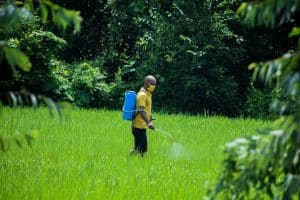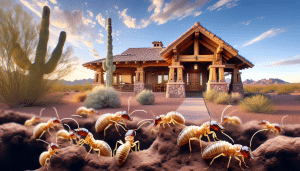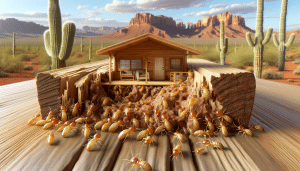Termites, often perceived as destructive pests when they invade our homes, play a complex and vital role in nature’s ecosystems. Are they truly foes, or could they be friends in disguise? In this article, we’ll delve into the multifaceted role of termites in the natural world, shedding light on their contributions and challenges.
Contents
The Ecological Importance of Termites
Termites are found on every continent except Antarctica and are known for their ability to break down cellulose-rich materials like wood and plant debris. This critical role in decomposition has far-reaching ecological impacts:
1. Nutrient Recycling
Termites help break down dead and decaying plant matter, returning essential nutrients like nitrogen and carbon to the soil. This process enriches the soil and promotes healthy plant growth.
2. Soil Aeration
As termites burrow through the soil, they create tunnels and channels. These structures enhance soil aeration and water infiltration, benefiting plant roots and soil microorganisms.
3. Erosion Control
Termites’ tunneling activities can stabilize soil and reduce erosion, especially in regions prone to heavy rainfall or flooding.
Challenges Presented by Termites
While termites contribute positively to ecosystems, they can pose challenges in specific situations:
1. Crop Damage
In agriculture, termites can damage crops, including sugarcane and cotton, resulting in economic losses for farmers.
2. Tree Damage
In forests, termites may attack and weaken trees, making them more susceptible to other pests and diseases.
3. Structural Damage
Termites that encroach on human structures can cause significant damage, requiring costly repairs.
Balancing Act: Friend or Foe?
The perception of termites as friends or foes depends on the context:
1. In Nature
In natural ecosystems, termites are unequivocally friends. Their role in decomposition, soil improvement, and nutrient cycling benefits the environment.
2. In Agriculture
In agriculture, termites can be seen as foes when they damage crops. However, their role in soil improvement can also have positive effects on farming.
3. In Human Structures
Within our homes and buildings, termites are often viewed as formidable foes due to their potential for extensive structural damage.
Coexisting with Termites
Coexisting with termites involves understanding their ecological significance while taking measures to protect human structures:
1. Sustainable Agriculture
In agriculture, integrated pest management (IPM) strategies can help balance termite control with ecological preservation.
2. Structural Protection
For homes and buildings, professional termite inspections and preventive measures are essential to mitigate the potential for damage.
3. Conservation Efforts
In ecosystems, preserving termite populations is crucial for maintaining healthy soils and ecological balance.
In conclusion, termites are complex creatures that both challenge and benefit our world. Understanding their ecological role and taking appropriate measures to protect human interests are key to achieving a harmonious coexistence. While they may be foes in some contexts, termites are, by nature, friends to the environment. Balancing these perspectives allows us to appreciate the intricate role termites play in the natural world.




